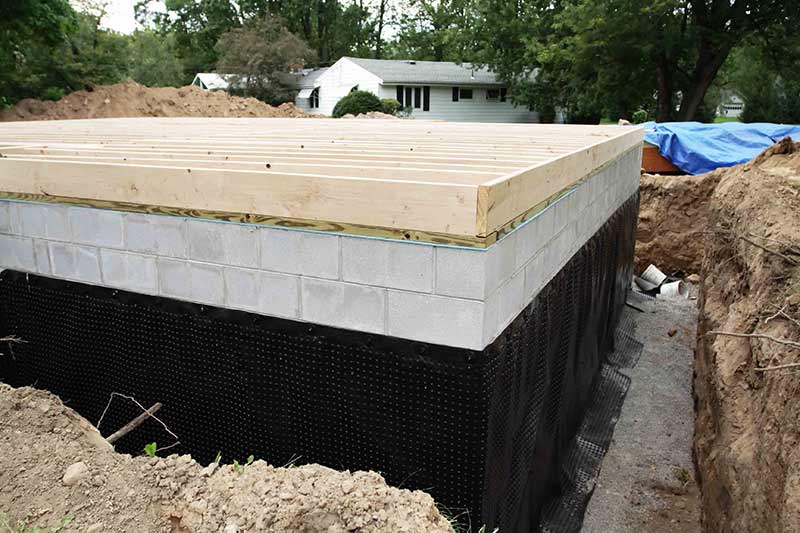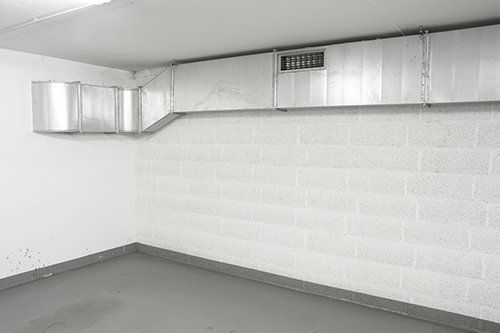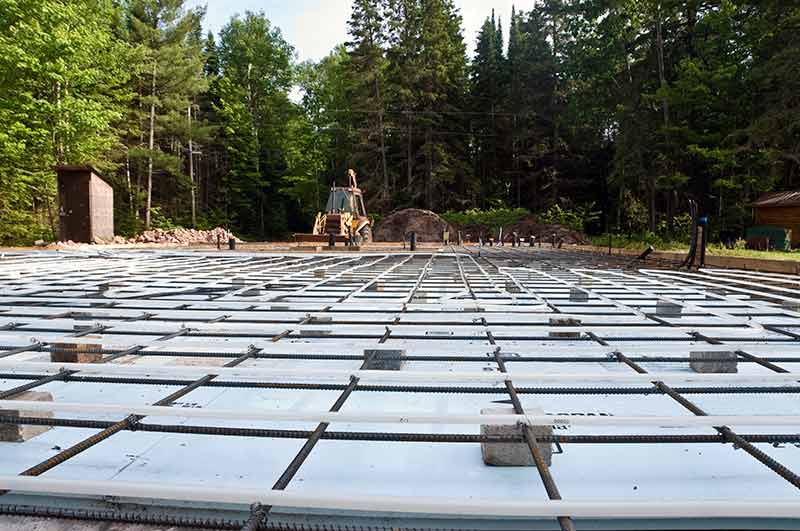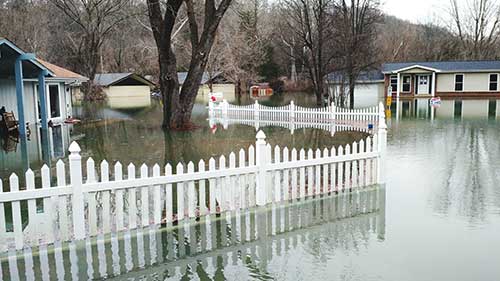

When you live in a humid location, more areas than just your basement are prone to water damage. In fact, water in your basement could be the least of your problems. Your basement is easy to access, so you're more likely to identify and address water leaks and floods before they cause permanent damage. Areas like your crawl space, however, are another story entirely.
Unless you have waterproof crawl spaces, these areas could be just as likely as basements to develop water damage, which in turn leads to a host of problems. Because your crawl spaces are much harder to access than your basement, you might not know that you have a water leak until the mold has already spread - endangering your health, happiness and home.
Here's why mold is a dangerous health hazard and some tips on keeping mold out of your crawl spaces for good.
Why Is Mold a Problem?
Not all types of mold are hazardous to your health. In fact, some types of mold are absolutely beneficial, whether you consume mold in the form of penicillin to treat an infection or frequently feast on delicious varieties of bleu cheese. However, mold growing inside your home is obnoxious at best and dangerous at worst.
As a type of fungi, mold flourishes in dark, damp spaces - meaning that your crawl space is the perfect environment for mold to grow. Mold eats away at materials used to build your crawl space, working with the water to damage your crawl space beyond easy repair. Mold also releases a musty smell, making your home a much less pleasant place in which to spend your time.
Most importantly, mold releases spores. Because your home's air circulates through the crawl space, the mold spores are quick to seep into your living space. Along with spreading themselves to other damp, dark areas of your home, like the corners of your bathroom, mold spores get inside your lungs when you breathe.
If you or your family members have lung issues like asthma, allergies, pleurisy or pneumonia, mold could trigger a flare-up. Even if you aren't prone to lung problems, mold can cause symptoms like sneezing, watery eyes and difficulty breathing. In a worst-case scenario, toxic mold could lead to a trip to the ER.
How Can You Keep Mold Out of Your Crawl Space?
As you can see, mold causes huge problems once it gets inside your crawl space. Luckily, it's not hard to keep mold from getting inside your crawl space in the first place. Follow these guidelines to keep your crawl spaces warm, dry and mold-free.
Water Redirection
Does water run towards your house rather than away from it? If so, you likely experience standing water in the basement after a storm, or even after watering the lawn.
If you have standing water in your basement, you could also have standing water in your crawl space, so don't forget to check the crawl space for moisture whenever you notice basement issues. Then, work with a contractor to direct the water away from your foundation.
Crawl Space Liners
Crawl space liners are waterproof linings that keep moisture away from the organic material your crawl space is made from. Good liners also ensure a healthy airflow inside your crawl space to allow moisture, unpleasant odors and potentially dangerous gases to escape.
Sump Pumps
Waterproofing with a crawl space liner should eliminate problems like standing water from your crawl space. However, if you experience constant leaking into the crawl space, consider adding an emergency measure like a sump pump to move pooled water out of the crawl space.
At Cardinal Foundation & Waterproofing Inc., we're experienced in waterproofing not only basements but also crawl spaces. If you're experiencing wet crawl spaces and mold issues, get in touch with us today.
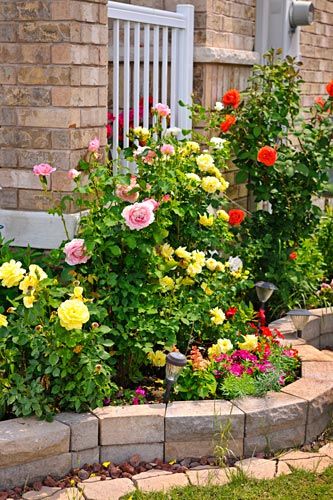
If you want to spruce up the landscaping around your house, you might just purchase some new trees or flowers from a local garden store. However, if you want to see a real transformation in your yard, consider adding a retaining wall.
Retaining walls serve several practical purposes, but they can also add visual interest to your yard so it looks truly one of a kind. Discover the practical and aesthetic reasons to install a retaining wall.
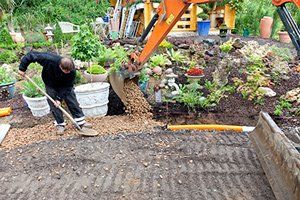
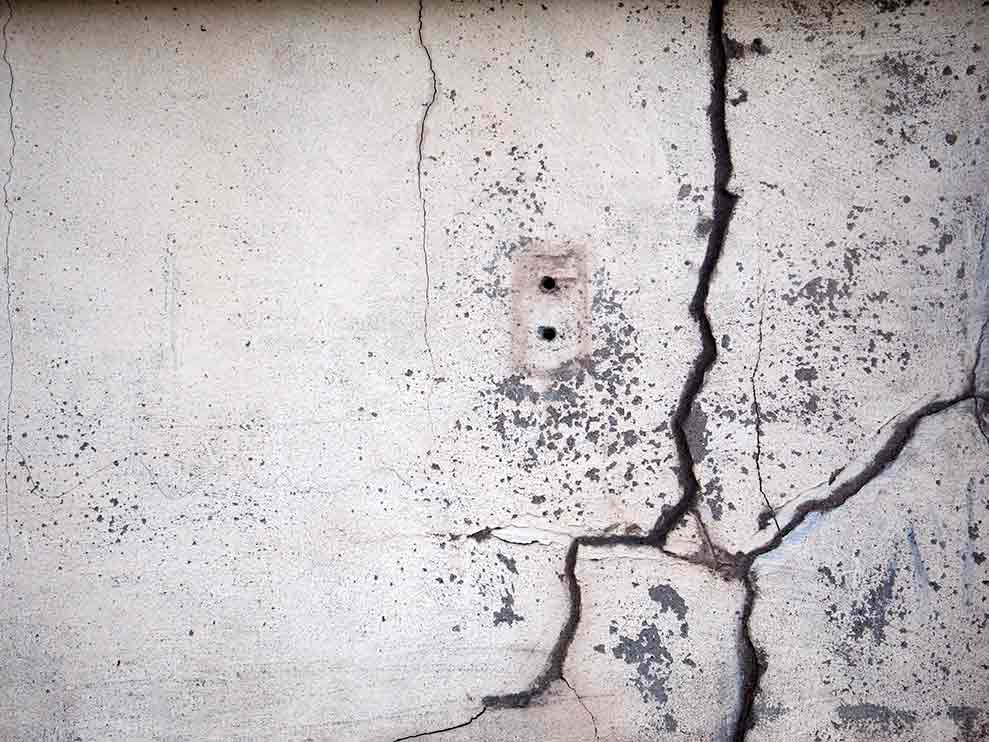
Your foundation is a necessary part of the structural integrity of your home. If issues with your foundation are left undetected, it could lead to serious problems with the rest of your house. If you are concerned about the state of your foundation, read on to discover five signs that you need foundation repair.
1. Large Cracks
Cracks on the outside of your home, as well as cracks on interior walls, may be a sign that your foundation is in need of repair.
2. Patios Pulling Away
If you have a deck or patio and notice that it seems to be “pulling away” from the rest of the house, it could mean that there is a foundation issue.
3. Sinking Foundation
The ground sinking next to your house could be a big signal that you have a problem with your foundation.
4. Sticking Windows and Doors
If doors and windows that used to close and latch suddenly begin sticking, jamming or they won’t completely close, it could be a sign that the foundation has shifted, leaving doors and windows uneven with jambs.
5. Bulging or Bowing Foundation
When soil is wet, it expands, but when it dries, it pulls away. This cycle puts pressure on foundation walls. When a foundation is in need of repair, this wet/dry soil cycle can cause bulges or bowing in foundation walls.
If you start to notice any of these warning signs, you should get your foundation checked out right away. To learn more about foundation repair and how to know if you need it for your home, contact Cardinal Foundation & Waterproofing in Louisville at 502-933-0295





